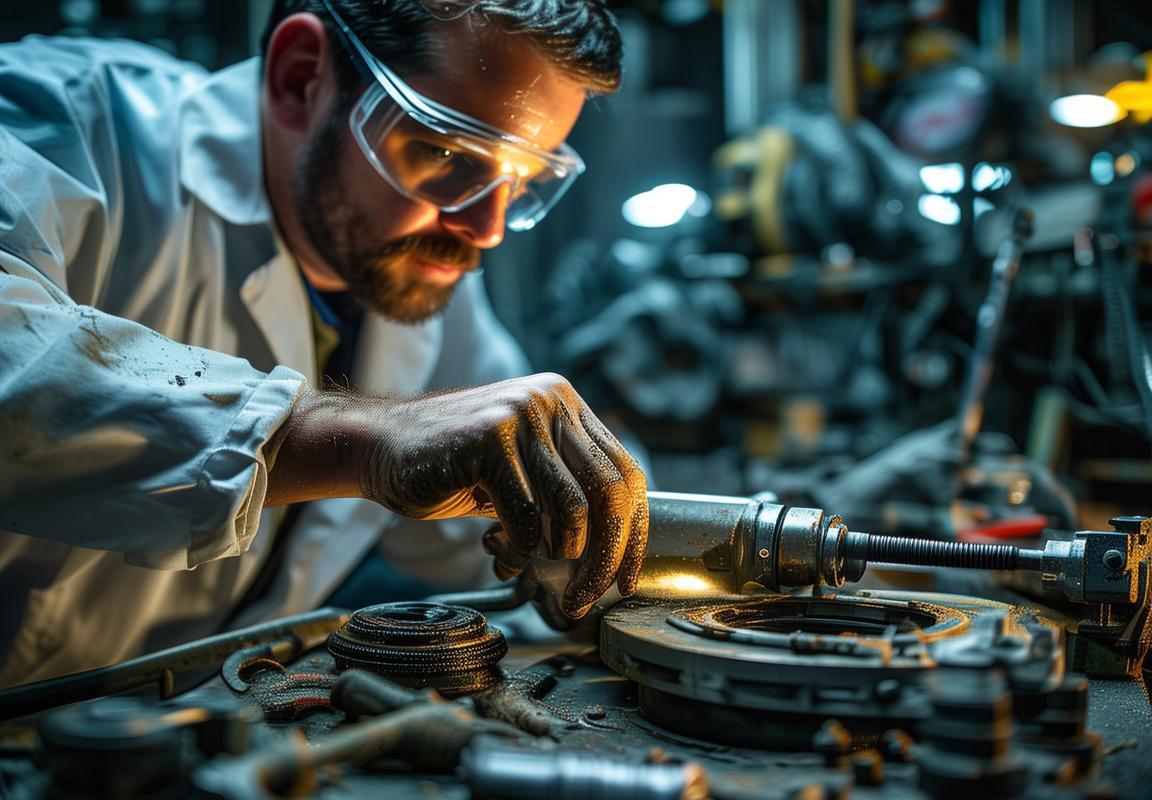IntroductionAbnormal bearing noise is a common issue in mechanical equipment. It not only affects normal operation but may also lead to other failures. When faced with abnormal rolling bearing noise, many engineers’ first reaction is to replace the bearing. But is this really the ultimate solution? Today, we will explore this issue in depth, especially the potential problems caused by blindly replacing bearings.1. When Replacing Bearings Can Solve the Problem1. Bearing Quality IssuesIf the bearing itself has manufacturing defects, such as rough rolling surfaces, improper clearance, or deformed cages, these defects may cause abnormal noise during operation. In such cases, replacing the defective bearing with a high-quality one can effectively resolve the issue.2. Improper Installation Causing DamageIf the bearing is damaged during installation—such as improper hammering that affects the rolling elements or raceways, or misalignment leading to uneven internal stress—abnormal noise may occur. In this situation, replacing the bearing and ensuring proper installation can eliminate the noise.3. Bearing Wear and AgingOver long-term use, bearings may wear out or fatigue, leading to reduced performance and abnormal noise. If inspections confirm severe wear or fatigue damage, replacing the bearing is necessary.2. When Replacing Bearings Cannot Solve the Problem1. Installation Process IssuesIf the bearing installation process is flawed—such as consistently causing damage to the bearing during each installation or using unstable installation techniques that result in varying degrees of damage—then even replacing the bearing with a new one may not resolve the noise issue.2. Issues with Bearing Housing or Shaft ComponentsIf the bearing housing or shaft has an out-of-tolerance shape and positional errors, replacing the bearing alone may not completely solve the issue. Minor deviations might see some improvement with a new bearing, but severe deviations cannot be resolved merely by replacement.3. Lubrication ProblemsPoor lubrication is a common cause of abnormal bearing noise. If the grease is insufficient, degraded, or improperly selected, noise issues may persist even after bearing replacement. In such cases, it is crucial to check the lubrication system, replace the grease with the appropriate type, and ensure proper application.4. Other Mechanical Component IssuesAbnormal bearing noise may not always originate from the bearing itself. Issues with other mechanical components—such as worn spindle drive gears, loose spindle housings, or worn bearing housing—can affect bearing stability and generate noise. A thorough inspection of the entire mechanical system is necessary to pinpoint the actual fault.3. Potential Issues Caused by Blindly Replacing Bearings1. Failure to Address the Root CauseIf the root cause of abnormal noise lies in other mechanical components or system issues—such as the geometric tolerance of the shaft or bearing housing is out of tolerance, poor lubrication, or loose parts—simply replacing the bearing will not resolve the problem. In such cases, noise may persist even after installing a new bearing.2. Increased Costs and DowntimeUnnecessary bearing replacement increases maintenance costs and extends equipment downtime. If the problem persists after replacement, additional troubleshooting and repairs will be required, further escalating costs and time.3. Cause New ProblemsIf the new bearing is of poor quality or installed incorrectly, new issues may arise, such as improper fitment or incorrect lubrication levels, leading to additional noise or failures.4. Concealing the True Trouble SpotMindlessly replacing bearings may mask the real issue, making diagnosis more challenging. For example, if noise results from loose or worn components, a new bearing might temporarily alleviate the symptoms but will not prevent further deterioration of the actual faulty components.4. The Right Approach to Resolving Abnormal Bearing Noise1. Comprehensive InspectionWhen abnormal bearing noise occurs, a thorough inspection should be conducted. This should include checking the bearing itself, installation methods, lubrication system, and other related mechanical components to identify the root cause.[图片]Alt Text: “A technician is conducting a comprehensive inspection of the bearings and mechanical components to find the root cause of the noise.”2. Targeted SolutionsBased on inspection results, implement targeted solutions. – If the issue is with the bearing, replace it with a suitable one. – If the problem lies in installation, improve the installation process. – If the lubrication problems, replace the grease and optimize the lubrication system. – If other mechanical parts are faulty, repair or replace them accordingly.3. Preventive MaintenanceTo reduce occurrences of abnormal bearing noise, preventive maintenance is essential. Regularly inspect bearing conditions, timely replenish or replace lubricants, and ensure precise installation. Proper maintenance helps prevent damage caused by improper installation or poor lubrication.5. ConclusionAbnormal rolling bearing noise is a complex issue. While bearing replacement can sometimes resolve the problem, in many cases, the root cause lies elsewhere. When encountering abnormal bearing noise, a simple “Treat the symptoms, not the cause” approach is ineffective. Instead, comprehensive inspection, targeted solutions, and preventive maintenance are essential for fundamentally resolving the issue and ensuring stable mechanical operation. Blindly replacing bearings not only fails to address the problem but may also introduce new issues and increase costs. Hopefully, this article helps in maintaining equipment health and improving operational efficiency.
Can Replacing Bearings Solve Abnormal Bearing Noise?

Author name
March 24, 2025